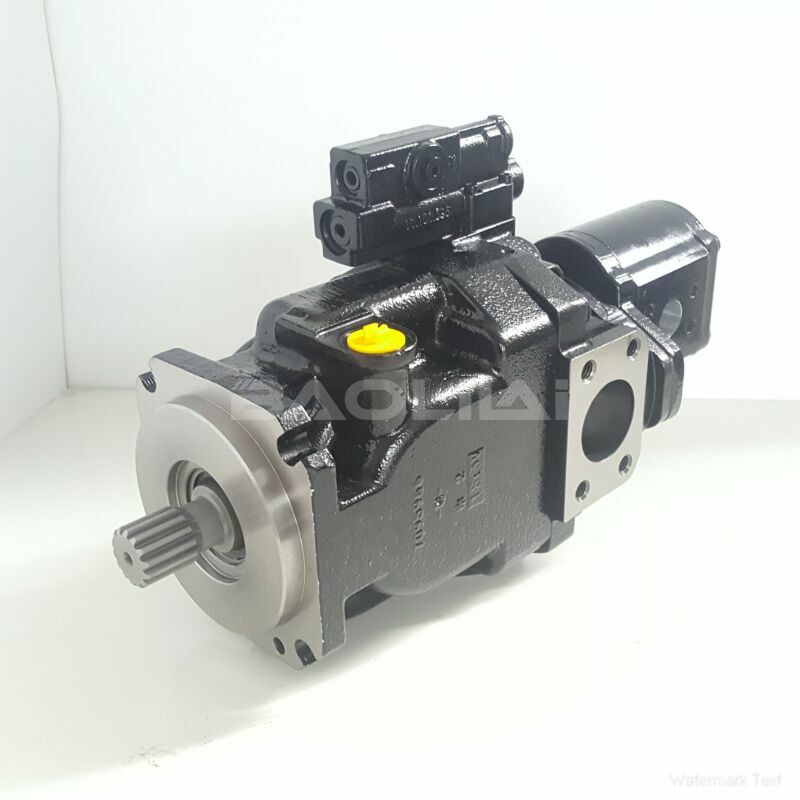FRR074BBB3130NNN3S2N4A1NAAANNNNNN piston pump
FRR074BBB3130NNN3S2N4A1NAAANNNNNN piston pump

- Product Details
- Applicable Scene
In the contemporary manufacturing landscape, companies are continually seeking ways to enhance efficiency, reduce waste, and optimize processes. Lean manufacturing, a philosophy that focuses on maximizing customer value while minimizing waste, has emerged as a pivotal strategy in achieving these goals. One way to support lean initiatives is the strategic integration of high-quality components, such as Danfoss pumps, into manufacturing systems.
FR-R-074B-BB-31-30-NN-N-3-S2N4-A1N-AAA-NNN-NNN
FRR074BBB3130NNN3S2N4A1NAAANNNNNN
Danfoss is renowned for its innovative products, particularly in fluid management and energy efficiency. Their pumps are designed not only for optimal performance but also for reducing operational costs, which aligns seamlessly with lean principles. The integration of Danfoss pumps into lean manufacturing systems can yield significant benefits.

83032978
Firstly, one of the core tenets of lean manufacturing is the elimination of waste, which encompasses various forms, including time, materials, and energy. Danfoss pumps are designed to operate efficiently, thereby minimizing energy consumption during production processes. By deploying these pumps, manufacturers can significantly reduce energy costs, contributing to the overall goal of waste reduction.
Secondly, reliability and uptime are critical for any production system. Downtime due to equipment failure can severely impact productivity and lead to increased operational costs. Danfoss pumps are engineered for durability and resilience, which can enhance system reliability. When integrated into a lean manufacturing framework, these pumps help maintain continuous production flow, minimizing downtime and maximizing throughput.
In addition to efficiency and reliability, Danfoss pumps offer advanced technologies, such as variable frequency drives (VFDs) and intelligent control systems. These features allow for precise control of flow rates and pressure, enabling manufacturers to adapt to varying operational demands. This flexibility is crucial in lean environments, where the ability to quickly respond to changes in customer demand can provide a competitive edge.





